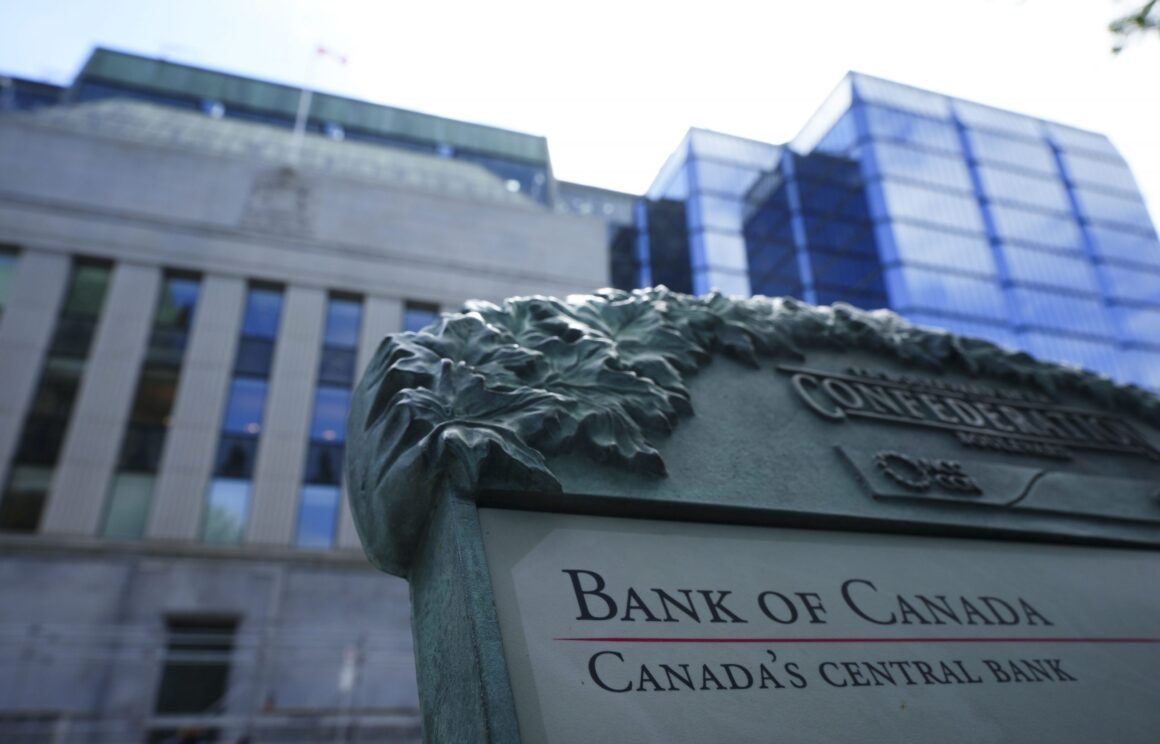The numbers tell one story—but walk into any small business or family-run shop, and you’ll hear another.
Canada’s inflation rate isn’t just an economic indicator; it’s a daily struggle for entrepreneurs, a budgeting nightmare for households, and a policy challenge that demands more than textbook solutions. At 6.8% in 2023, with only modest cooling in 2024, inflation has moved beyond cyclical concern into structural crisis—one that threatens competitiveness, consumer confidence, and the very survival of Main Street businesses.
The Real Cost of Inflation: Beyond the Headlines
The Bank of Canada frames inflation as a percentage point to tame. But for businesses, it’s a cascade of impossible choices:
- Restaurants reprinting menus monthly as ingredient costs swing wildly.
- Retailers swallowing shipping hikes or passing them on to wary customers.
- Manufacturers delaying equipment upgrades because financing costs have doubled.
And let’s name the elephant: corporate profiteering. When input costs rise 10% but prices jump 20%, who benefits? The answer explains why public trust in institutions is fraying.
Policy Shortfalls and the SME Squeeze
Current measures—interest rate hikes, vague promises of supply chain fixes—are blunt instruments. They punish small businesses while failing to address root causes:
- Housing Inflation Spillover: Commercial rents in Toronto/Vancouver now devour 25%+ of revenue for many shops.
- Labor Market Mismatches: Wage demands rise (rightfully), but without productivity gains, mom-and-pop shops can’t compete.
- Regulatory Drag: Carbon taxes and red tape compound costs with no relief valves.
Case in point: A Winnipeg bakery owner told me she spends 12 hours/week just navigating tax compliance. Is this how we want entrepreneurs spending their time?
A Path Forward: Pragmatism Over Ideology
- Targeted Tax Credits: For businesses reinvesting in productivity tech (automation, energy efficiency).
- Rent Control 2.0: Commercial lease stabilization tied to revenue thresholds.
- Supply Chain Task Forces: Public-private partnerships to diversify essential imports (e.g., food, construction materials).
Most urgently, we need transparency. The Bank of Canada should require corporations with >5% price hikes to disclose cost breakdowns—sunlight is the best disinfectant.
The Human Capital at Stake
Behind every inflation statistic are livelihoods: the family farm deciding whether to plant next season, the immigrant entrepreneur draining retirement savings to keep staff paid. If we lose these businesses, we don’t just lose jobs—we lose community anchors.
To policymakers: Stop treating inflation as a theoretical exercise. Walk Main Street. Listen. Then act with the urgency this crisis demands.


Leave a Reply